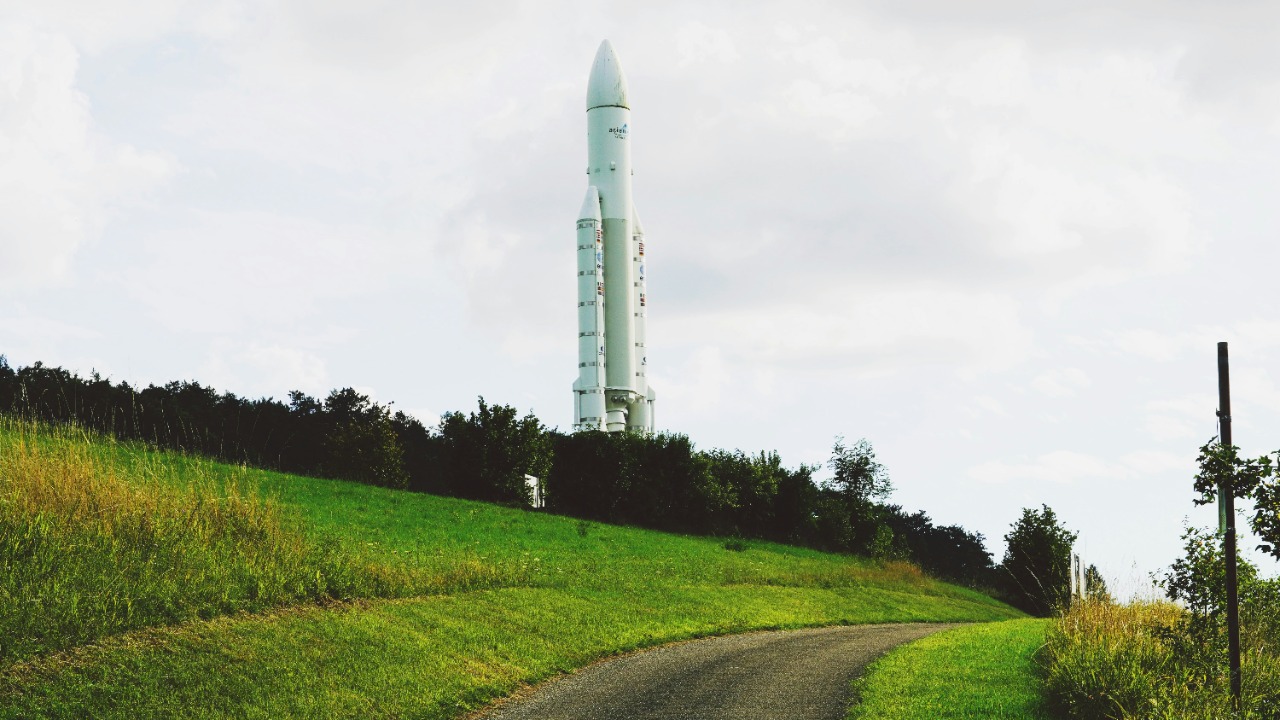
China’s space exploration ambitions have taken a significant leap forward with the successful testing of the nation’s first reusable rocket engine. This milestone, achieved by the Chinese company LandSpace on October 21, 2025, builds on a series of earlier achievements that have positioned China for a manned moon landing before 2030. These include the completion of China’s first sea-based vertical landing of a reusable rocket and the launch of the country’s first rocket recovery ship.
LandSpace’s Pioneering Engine Test
LandSpace, a Chinese company at the forefront of the nation’s space exploration efforts, has made a significant stride in the development of reusable rocket technology. The company conducted a successful test firing of its reusable rocket engine, a crucial precursor to the rocket’s debut flight. This test represents a foundational achievement in China’s shift towards cost-effective, recoverable launch systems. The video documentation of the engine test serves as a testament to this technological breakthrough, validating the potential of reusable technology for future missions.
First Sea-Based Vertical Landing Milestone
On May 29, 2025, China achieved another significant milestone in its space exploration journey by successfully completing the first sea-based vertical landing of a reusable rocket booster. This technical achievement has profound implications for future missions, as sea-based recovery enables precise, offshore landings that reduce risks to populated areas. The engineering challenges overcome during this process, such as maintaining stability and propulsion during descent over water, underscore the complexity of this achievement.
Launch of China’s Initial Rocket Recovery Ship
China’s first rocket recovery ship, launched on August 7, 2025, represents another significant step in the nation’s reusable rocket development. This vessel, designed specifically for retrieving reusable rocket components, supports the broader infrastructure for reusable rocket development by enabling at-sea collections post-landing. The ship plays a crucial role in streamlining recovery operations, thereby accelerating the iteration on rocket designs. This development, as reported by Global Times, marks a major step in China’s reusable rocket development.
Recent Tests Advancing Manned Lunar Goals
China’s manned moon landing ambitions before 2030 received a significant boost with the successful tests of a spacecraft and rocket on August 19, 2025. These tests represent a giant leap towards achieving this ambitious goal. The integration of these tests with reusable rocket technologies is expected to support sustained lunar missions. The pressure to achieve this manned landing before the end of the decade adds to the significance of these tests.
Early Steps in Lunar Rocket Development
China’s lunar strategy has been a progression of carefully planned steps, starting with a rocket test on June 17, 2024. This test, described as a small step towards the moon, laid the groundwork for subsequent reusable innovations by validating basic propulsion and trajectory elements. This early test has been instrumental in building momentum for more complex recoveries and landings, as reported by SpaceNews.
Implications for Global Space Competition
The successful engine test by LandSpace on October 21, 2025, has positioned China competitively against international reusable rocket efforts. The synergy between the sea-based landing on May 29, 2025, and the recovery ship launch on August 7, 2025, has enhanced mission reusability rates, further strengthening China’s position in the global space race. The tests conducted on August 19, 2025, contribute significantly to China’s pre-2030 manned lunar ambitions, potentially influencing international collaborations and rivalries in the realm of space exploration.
More from MorningOverview